A newly numbered release tends to be monumental in the Street Fighter world. Street Fighter II revolutionized the genre and popularized it. Street Fighter III pushed boundaries, perhaps a bit too far in some eyes, and despite acclaim, never saw the same success as its predecessor.
Based upon this, some thought another version would never come out. In 2008, however, Street Fighter IV was released and rocked the genre. So much so in fact, that five versions of that game were released. Attendance at fighting game tournaments like Evo jumped from hundreds to thousands, and star players like Daigo Umehara are now immortalized in manga and figurines.
Street Fighter V enters into a vastly different landscape than any of its predecessors. The esports industry is far more mature than it was six years ago. The game’s competitors are largely free-to-play PC games, while Street Fighter V will release for the PC and Playstation 4 for $60.
That meant the series’ latest iteration needed major changes both in gameplay and presentation to break out as a top title. And Capcom has succeeded. With Street Fighter V, the company has created something that both casual and hardcore fans will love, simplifying the action while maintaining the series’ essence.
‘The only version you need’
As a competitive player myself, I’ll focus largely on that side of gameplay in this review. But before getting into that, it’s important to note a few important and, frankly, welcome changes for the series that have been guaranteed by Capcom. First and foremost, Street Fighter V is the first and last version of the game that will ever be released. It will still change through patches and downloadable content, but you will never have to buy a new copy of the game. Where Street Fighter II saw six arcade iterations, Street Fighter III three, and Street Fighter IV another five, Capcom’s Yoshinori Ono has promised that the version of Street Fighter V that releases in February 2016 will be “the only version you need.” Better yet, the company brought on top community names from across the globe, including Peter “Combofiend” Rosas of American Fighting game fame and Ryuichi “Woshige” Shigeno, a Guilty Gear legend, to help balance and create the game alongside public betas to make sure the game was polished before even coming out.
On this front, Street Fighter V feels like a game tailored more towards the players than anything before it in the series. Capcom finally feels like an ally, rather than a faceless giant shoveling out new sequels for us to buy. This shows in the support it’s promised for the game post release, including new characters, a fully fleshed out cinematic story, a tournament season including in-person and online tournaments supported across the globe, and backwards compatibility for fightsticks.
Depth over quantity
Capcom’s approach to gameplay is certainly different than what we’ve seen before. But it meshes together into something that feels extraordinarily deep for the competitive player as well as accessible for the newcomer in a unique and eloquent way that has been missing from the series since its birth.
Street Fighter V has whittled its cast down to 16 for the release of the game, exchanging quantity for depth, making each character far more unique than ever before. Gone are the days of Ryu and Ken’s nearly identical set of normal moves and special attacks that differ only in properties. The two play almost nothing alike in this iteration, begging whether they can even be lumped as “Shotos,” fighters of the Shotokan style, anymore. Despite three-fourths of the cast being brought back from older games in the series, every fighter feels fresh, often with new moves, if not an entirely new look. The new set of characters—Necalli, Laura, Rashid, and F.A.N.G.—are without question some of the most unique in the series, and they do a wonderful job using and showing off the game’s new mechanics.
Street Fighter V introduces a few universal options to add depth, specifically a suite of options based around a new gauge, the V-meter. This system includes the V-skill, essentially an extra move per character, a V-reversal that helps avoid oncoming pressure from the opponent, and finally a V-trigger, which functions as each character’s defining gameplay mechanic. While these moves are universal, each is tailor-made to fit the different character’s styles, padding their weaknesses and adding to their strengths. Where the tricky Nash’s set of options include dodges, absorbs, and teleports to supplement his normally solid ground game, Necalli’s suite is more involved and becomes the basis of his character entirely. In fact, his V-trigger transforms him into a purely better, Super Saiyan-version of himself (no seriously, look at his hair), with improved movement and special attacks.
The care Capcom took in differentiating each character and making sure each is balanced really shows. That’s a testament to the success of Capcom’s new, closer-to-the-community strategy. Just as interesting, however, is that Street Fighter V is without question the easiest version to play for a beginner to date, despite an emphasis on competitive play.
This can be partially explained by the direction of the game as a whole. But it’s mostly thanks to the game’s inclusion of a “buffer window” on all attacks. Every time a move is inputted, it’s inputted two more times, once on each subsequent frame, or 60th of a second. This means that the game’s hardest combos and punishes are, with a few exceptions, three times easier than in Street Fighter 4. This is successful because it doesn’t interrupt the gameplay and, unlike attempts in some other fighters, doesn’t sidestep the combo system as a whole. Beginners probably still won’t be executing at the level of a veteran. But the path to reaching that level is shorter than ever, and more based on mind games than the difficulty of maneuvering the controller. Most importantly, this isn’t shoved aside as a beginner mode or a set of controls. It’s integrated into the game at all times, meaning that players won’t have to relearn how to input their moves once they’ve decided to take the game more seriously.
For the casual fan
Street Fighter V excels beyond other games in the series when it comes to its offerings for casual players. But it still falls a bit flat compared to brethren in the genre. The February release is intended in part to get the game out in time for players to practice for the game’s large set of tournaments. The full story mode won’t be released until June, while the challenge and trial modes won’t be available until March. So while it’s impossible to judge everything the game can possibly offer—much simply doesn’t exist yet—it’s hard not to be left wondering if there is more Capcom could have added for the sake of the game’s appeal to a broader audience. Stage transitions were touted as a selling point in the game’s first trailer, and yet only a few exist. Supers, or Critical Arts, as they’re referred to in game, are less flashy than even Street Fighter 4’s. This may actually be a boon to the competitive player not interested in watching a long animation play during a tournament match. But it leaves one wondering if more could have been done to make the game prettier for a spectator.
Currently, Story Mode is just prologue to what will be a fully fleshed-out expansion coming in June. What’s there is fun to watch, with art by Bengus, a storied Japanese illustrator and designer, and cameos from characters of series past. But it has the seemingly ubiquitous issue that’s plagued the genre forever: the fighting doesn’t really fit. The mode plays out more as a movie, or in this case a slideshow, than something the player controls. The only fighting currently in the story is a bout of one-round matches with little to no flare or differentiation from a standard arcade mode outside of the cutscenes before and after. The player currently selects and watches the story unfold from the point of view of a specific character, with some versions being longer than others.
The hope with this mode is that the expansion in June will be large enough to warrant its own review. Because for now, that’s really all there is to say. The only other single-player modes currently available are survival—a marathon versus the computer common in the genre and more fleshed out in other games—and training mode. This mode is far better than what Capcom has shown us in the past, with in-depth recording features, more option control, and a button-mapped reset option. It still pales in comparison to titles like Skullgirls or Blazblue, however, when it comes to fully fleshing out what the player can control.
The visuals and sound vastly improve upon Street Fighter 4 and show that the team’s capabilities with the 2.5D style (three-dimensional models set in a two-dimensional plane) have improved. Characters are more animated than ever, moves differ in look and feel on hit and block, and the stages each have a very unique feel. The soundtrack is what you’ve come to expect—riffs on old themes for the returning characters—with equally impressive new tracks for first-time fighters, all fitting the game’s jazzy theme.
Polish
Street Fighter V’s most notable issue is a lack of polish. This issue is ultimately minor considering all the things at which the game excels. But a few aspects of the game come off as lazy. Street Fighter V’s models and stages are visually impressive, but there are embarrassing glitches. There’s not really a polite way to put this, but the breasts of female characters on the player two side of character select are ridiculously animated. Meanwhile, graphical clipping that’s existed since the first beta released last year (and that’s been brought up by the community time and time again) hasn’t been fixed. Moves often clearly visually hit the opponent but still register as a whiff—obviously a result of the animations being completed before the game was balanced. And for a game so obviously tailored for competitive play, it seems archaic at this point not to include frame and hurtbox data.
Many fighting games are considered unplayable online. But in Street Fighter V, online play looks to be vastly improved, something extremely important for the future of fighting games as a whole. The game’s included a rollback style netcode. In essence, this makes the game “rewind” if the two connections disagree on what happened as opposed to slowing down the match as a whole, making slightly laggy moments much more bearable. It makes playing online far more tolerable and a much better option for those without local practice partners. In addition, the newly added Capcom Fighting Network tracks stats and replays, making it easier for people to study their habits and improve as players.
Capcom has promised that, in ranked matches, the game will pair players with opponents close to their skill level, hopefully creating a community for those less experienced or inclined with the game. The game’s DLC is unlockable either through in-game currency or real money paid via Steam or PSN, meaning that dedicated players can continue to play for free while still getting everything it has to offer. Finally, players of both the PS4 and Steam versions of the game can play versus each other online, making the decision of which version to buy a matter of convenience rather than competition.
Overall, Street Fighter V delivers where it counts as a fighting game, the gameplay, and makes leaps and bounds of improvement everywhere else. That makes it a must-buy if you’re any type of fan of the series—especially since there are no Super, Ultra, or Turbo versions coming out in the future. For the player looking to try out every character’s finishing move and look on in awe at the animations, better options exist. Capcom has promised it will take care of the game for years to come, and Street Fighter V is already very good.
Anyone even remotely interested in fighting games will want to play what will surely be the future of the genre.
Score: 4.5/5
Disclosure: Our PC and PlayStation 4 review copies of Street Fighter V were provided courtesy of Capcom. The majority of our playthrough was conducted on the PC.



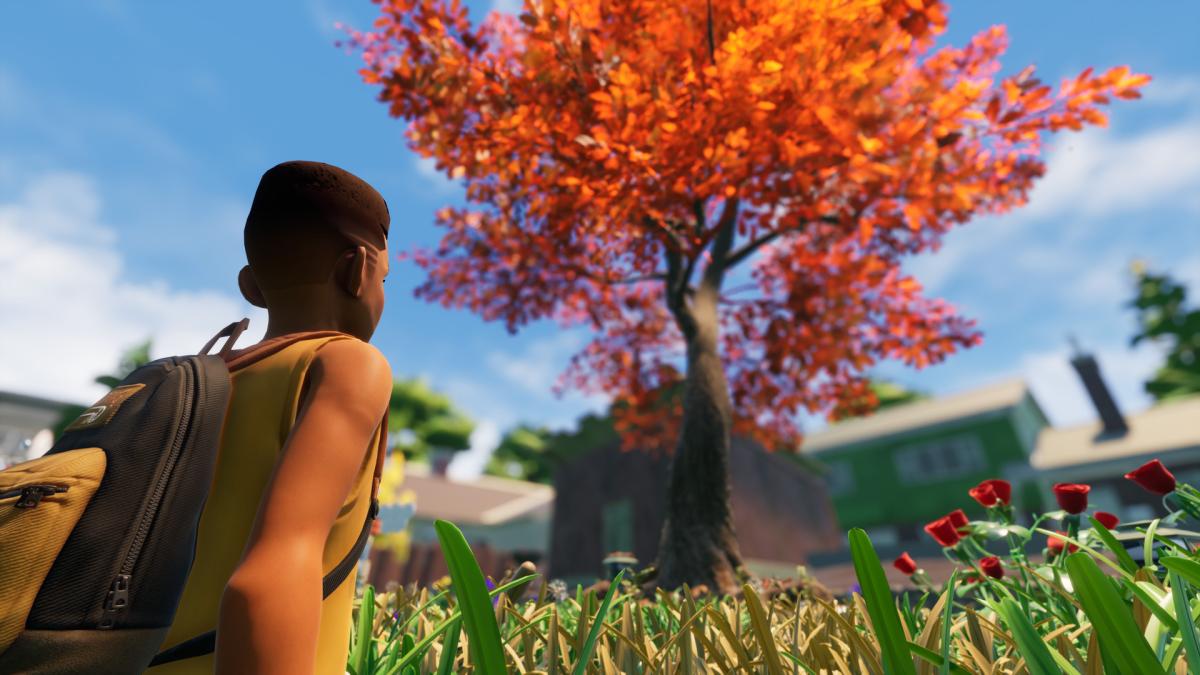
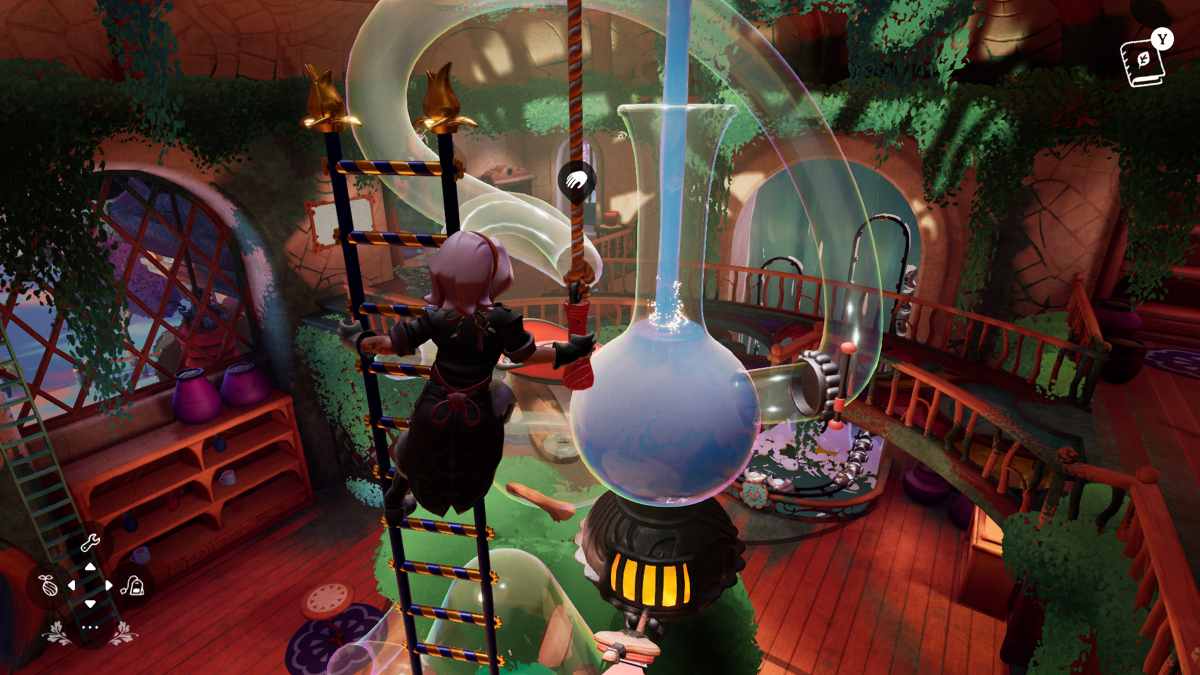
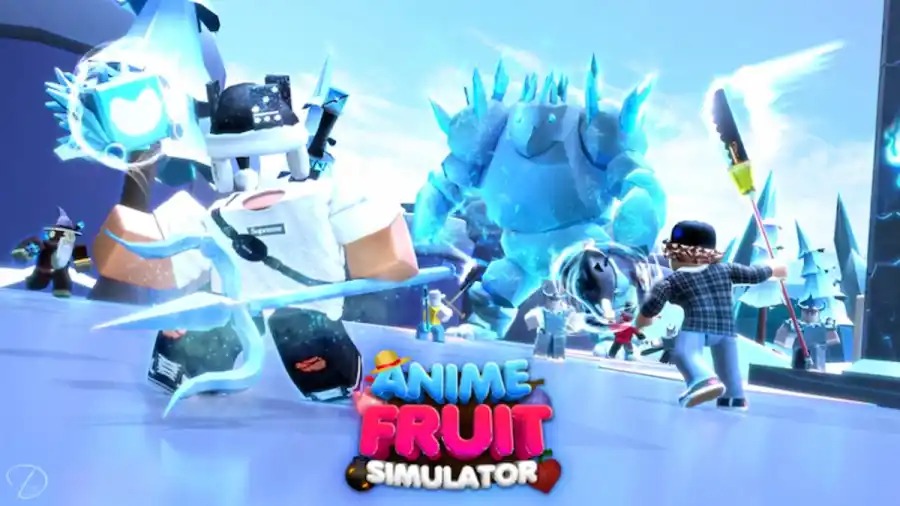
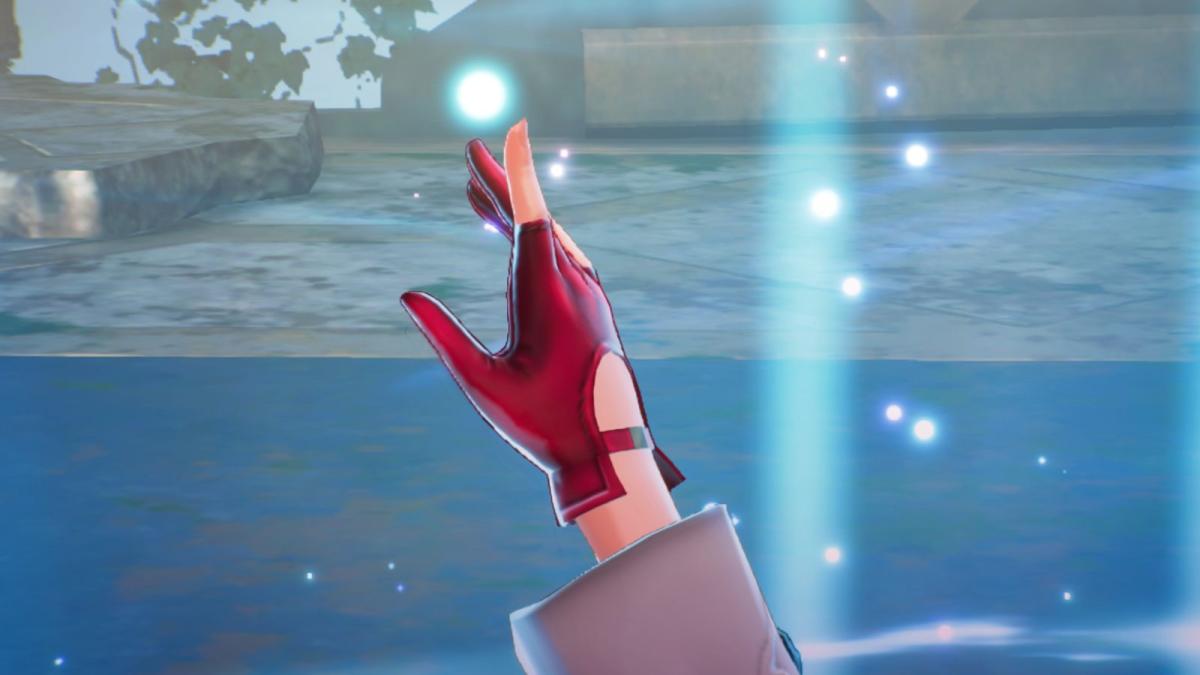
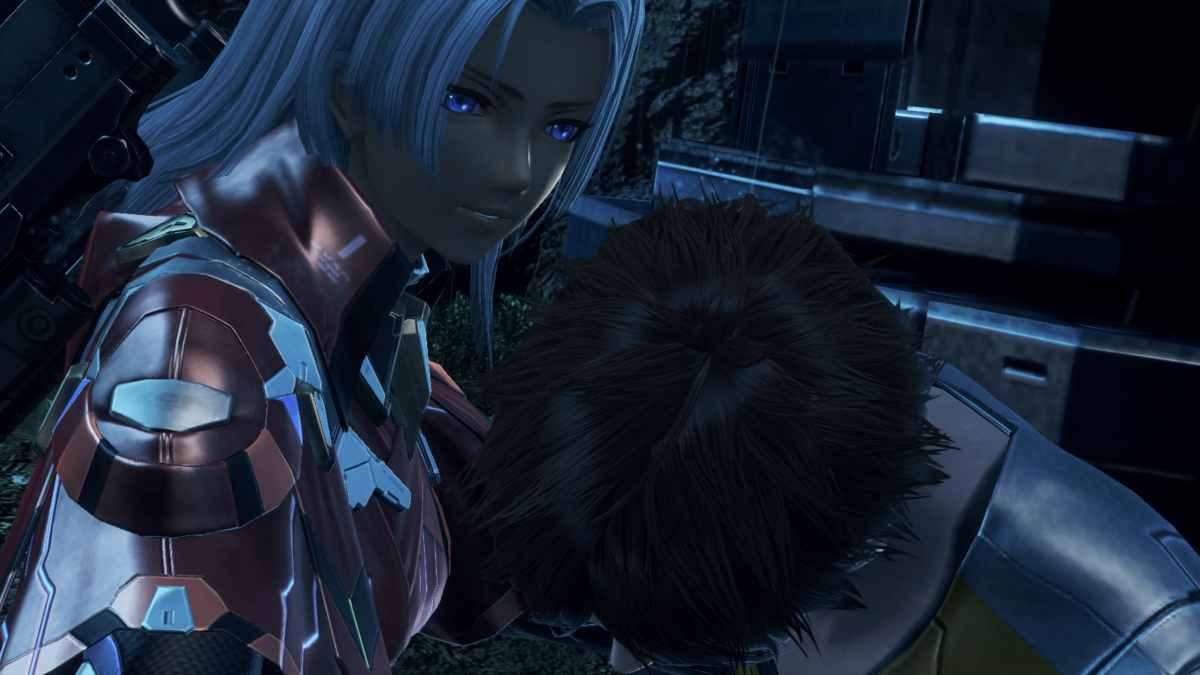

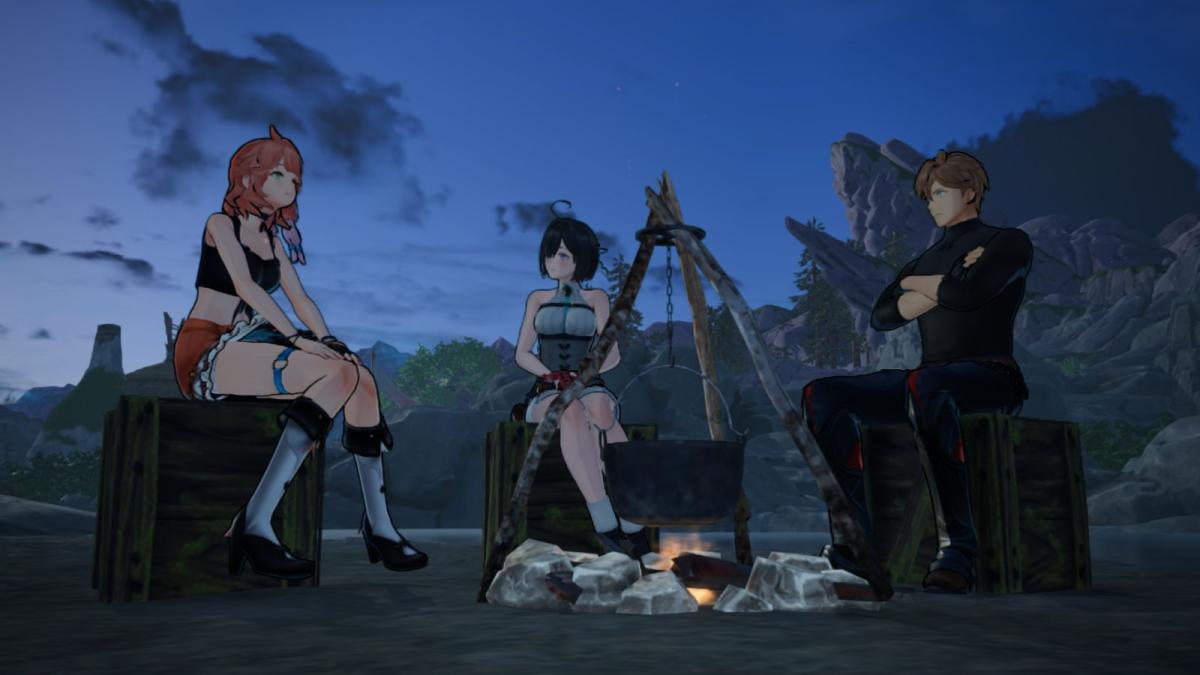
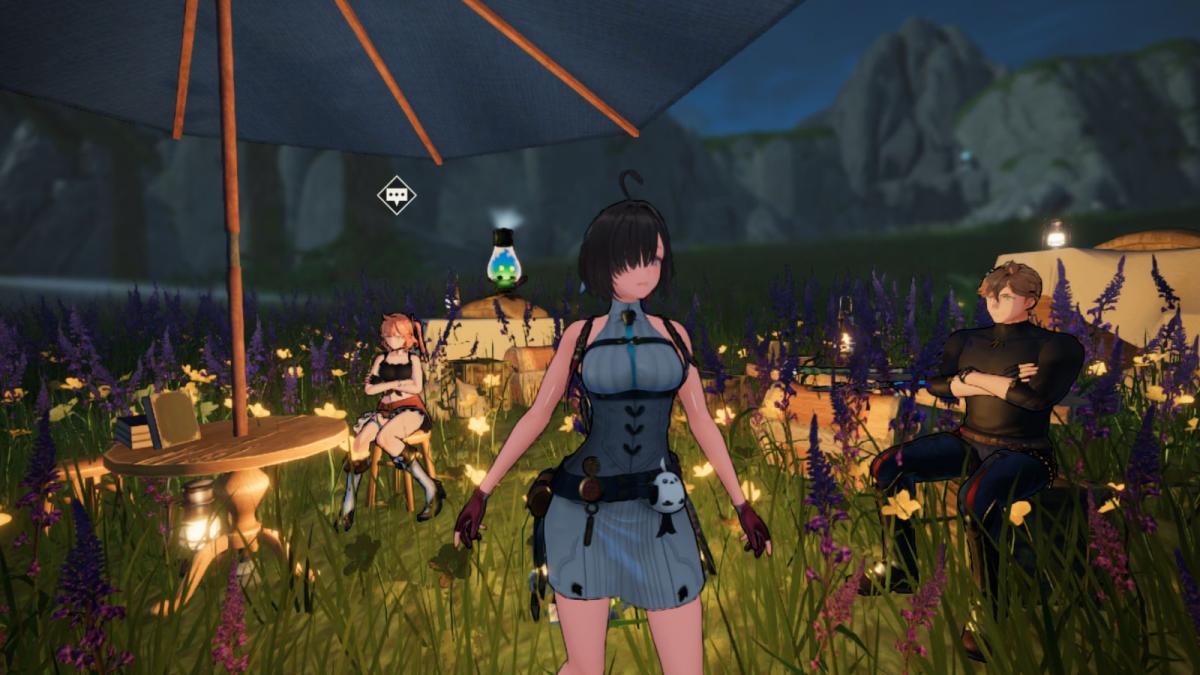

Published: Feb 15, 2016 04:00 am